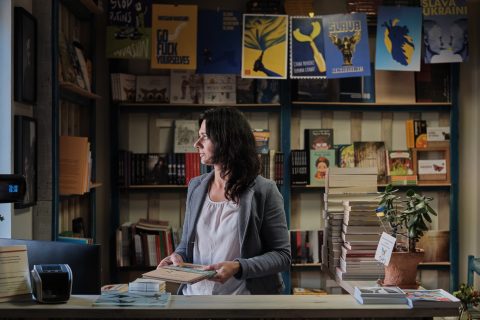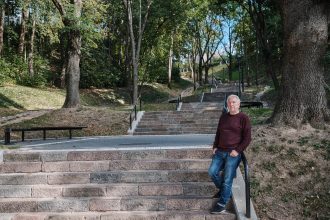A record-breaking magazine with the shortest title Į is created and published in Kaunas. On the first page of each issue, we can find an explanation of this choice: “The Lithuanian letter Į with a diacritic hook is one of the few letters that has the responsibilities and rights of a word in the Lithuanian language. One letter can indicate or change direction. Due to the small size bearing a heavy load, it deserves to be the name and brand of this magazine.” Although it has a succinct name, the content and volume of the publication could be compared to a book. The magazine, which has already become a part of the cultural field of Kaunas, gathers a different community during the creation of each issue both because of different topics and the changing personalities who create and curate it as well as due to the balance between image and text.
The magazine covers various topics of the city of Kaunas: courtyards, the relationship between the city and water, (post)industrialism, multiculturalism, nature in the city and this time, the future. In the sixth and last issue of the publication, the team of authors together with the help of three editors/mentors examined the (possible) futures of the city. I interviewed poet and translator Aistis Žekevičius, who, together with Vaida Stepanovaitė and Rasa Chmieliauskaitė, curated the sixth edition of Į, about the publication’s topic and creation process. The presentation of the magazine is to be held on January 31st in the Kaunas Gallery.
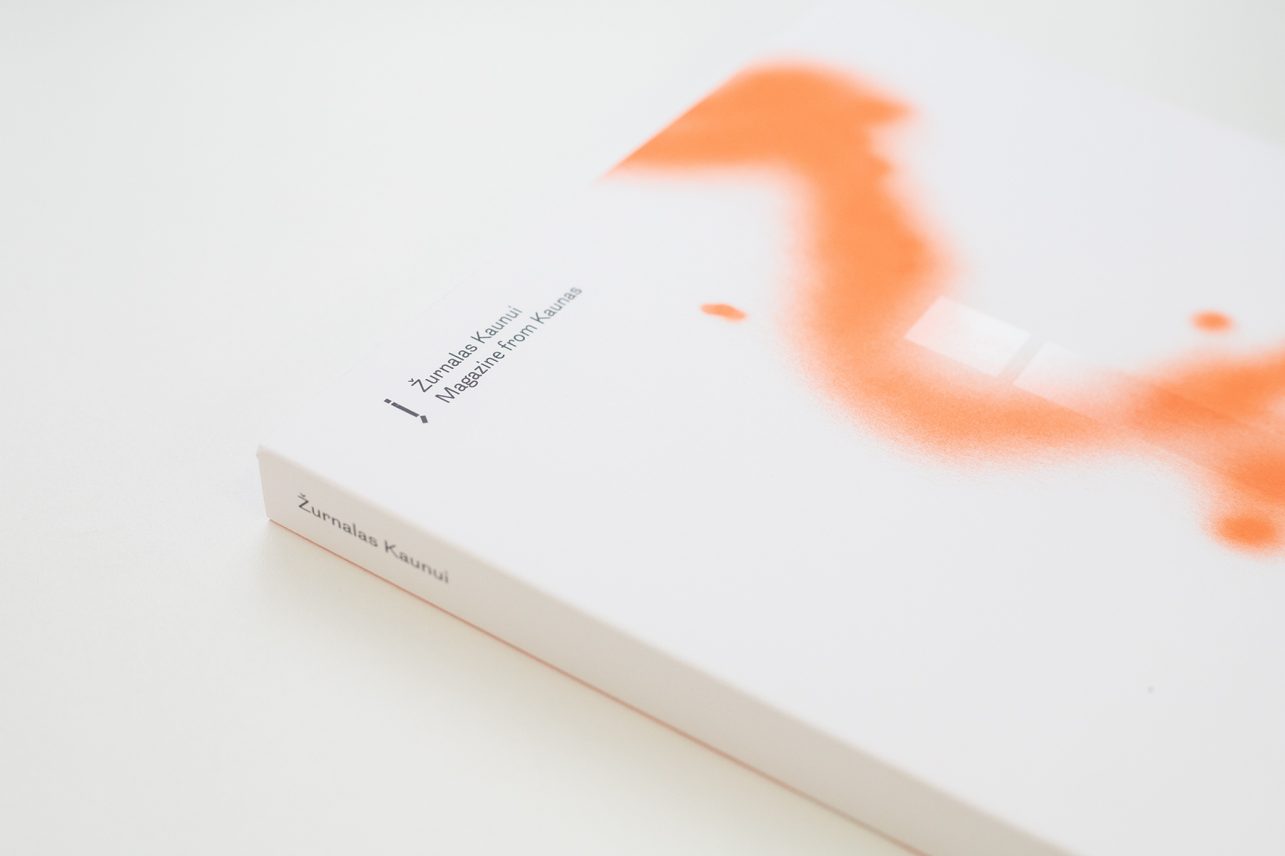
Aistis, you are one of the editors of Į. The Futures of the City. What will this – the sixth and last – issue of the magazine be like?
The very topic of the issue seems to suggest that the primary goal was not so much to agree on a common future image of the city but rather to try to open an entire spectrum of the city’s implied, probable and improbable futures. Therefore, those readers who expect that the sixth issue of Į magazine will provide precise coordinates of future events in the city and clear instructions to help prepare for future surprises, will likely be disappointed. However, those who will bravely dive into the polyphony of different visions composed by the joint efforts of the magazine’s authors and the team of mentors/editors will likely be inspired to rethink their relationship with the city they live in. If I had to describe this issue of the magazine in one word, I would say it’s ambitious.
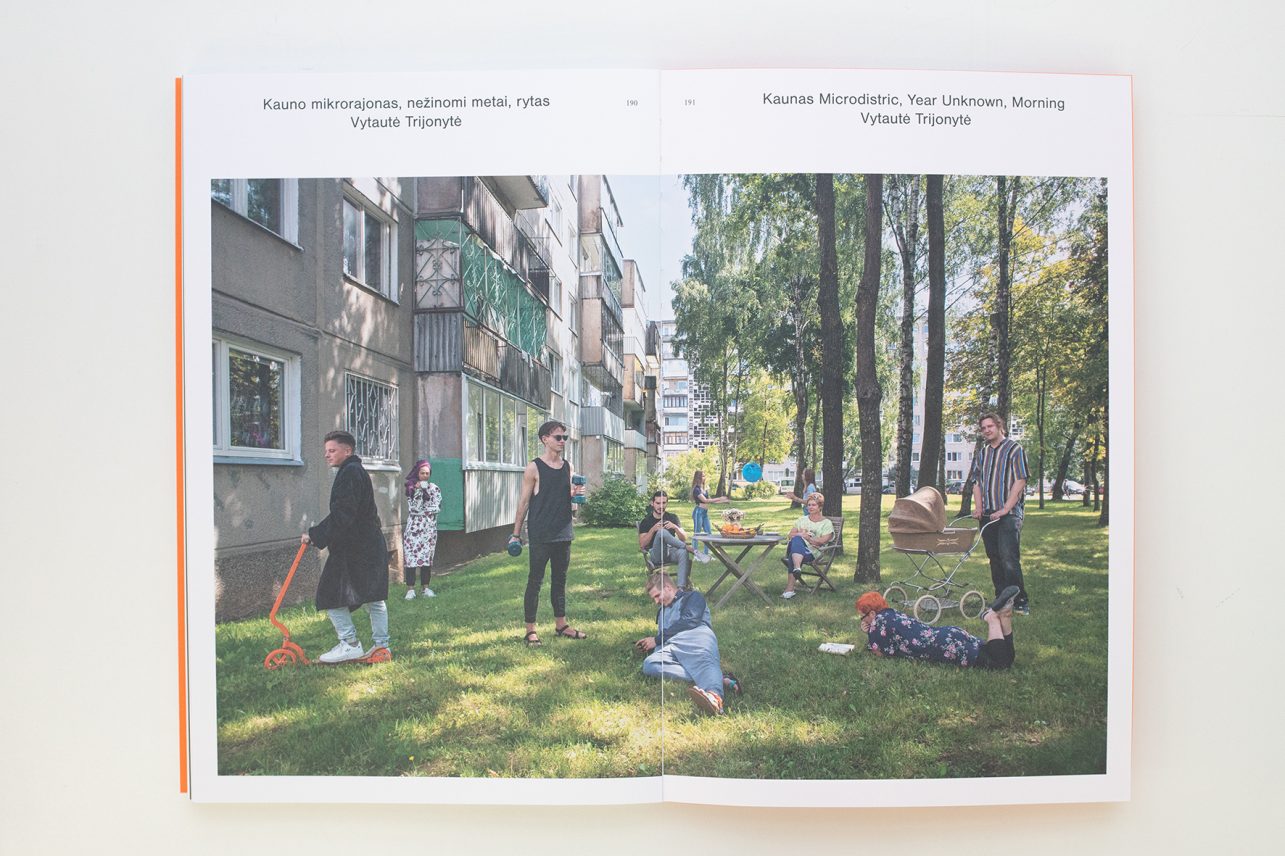
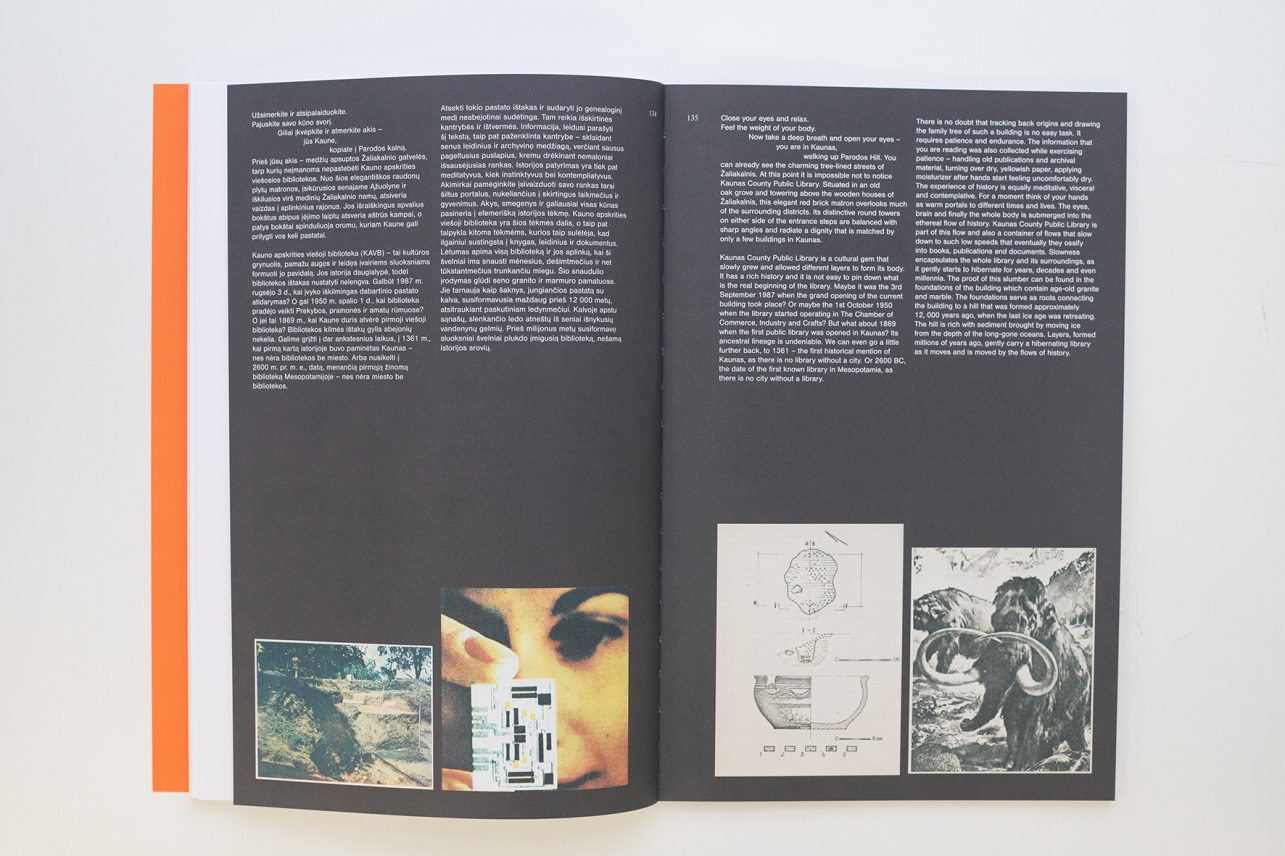
In the publication, you raised a question of how different futures of the city can coexist, but not become homogenous. The future often becomes a subject of speculation because it consists of changing and unexpected elements. Did the authors manage to grasp them? What futures of Kaunas can we find in the publication?
Did the authors manage to grasp the futures of the city is a question that will probably trouble and intrigue us for some time to come because today, i.e., in the present, we simply don’t have the tools to answer it. So, in a sense, this attempt to predict the future is already doomed to failure, because only part of these imagined scenarios are likely to come true. But this does not mean that it is not needed. In the future, when reading this magazine dedicated to it, we may be able to get to know the present better, which by then will have already become the past. Therefore, this magazine can be considered as a kind of monument to the present. The visions of the future offered by the authors are diverse and original, covering micro and macro, material and non-material levels, connecting artistic and scientific practices, past present and future non-forthcoming times, and spaces for everyday issues and metaphysical considerations.
The first meetings with creators and mentors took place in May, and the magazine stories were prepared in August, so I assume that the preparation of the issue was intensive. What was this process like? How did you select and then develop the stories?
Before taking on the development of the magazine, an open invitation was published, so anyone who wanted could join, regardless of their preparedness or experience. We tried to show the diversity of existing directions for exploring the city of the future but avoided imposing a preconceived notion and encouraged the authors to let their imaginations run free. From the very beginning of this issue, we tried to include all authors as much as possible in the common creative process. It is natural that they brought more or less implemented ideas with them. Some had the almost completed projects, others did everything during the preparation of the magazine. Perhaps this is also the reason why the creation of the magazine took a long time, as if we were constantly trying to win a little more time, always hoping – maybe tomorrow we will be able to catch another fragment of that future that keeps slipping away.
each author presented original and unconventional ideas or visual solutions.
Three editors contributed to this issue. How did you manage to share the responsibilities? What does the collaboration of three editors in one publication bring?
I think that the collaboration of three editors helped a lot both during physical meetings with the authors, when we explained what the future of the city is and how we could see it, and later, when working with individual authors and trying to control the variety of visions of the city’s future. All the editors brought something unique to the creative process: Vaida Stepanovaitė shared insights from the perspective of art theory and curatorial experience, Rasa Chmieliauskaitė broadened the research field with architectural and urban planning perspectives, and I mainly helped the authors to sharpen the logic and style of their texts. I should also mention Monika Janulevičiūtė, who created a memorable design for the magazine, and the entire team of the Kaunas Photography Gallery that ensured the smoothness of all the behind-the-scenes processes. If we want to successfully cope with the challenges of the future, we will have to cooperate not only with different individuals, but also with different areas. We all experienced that during the creative process.
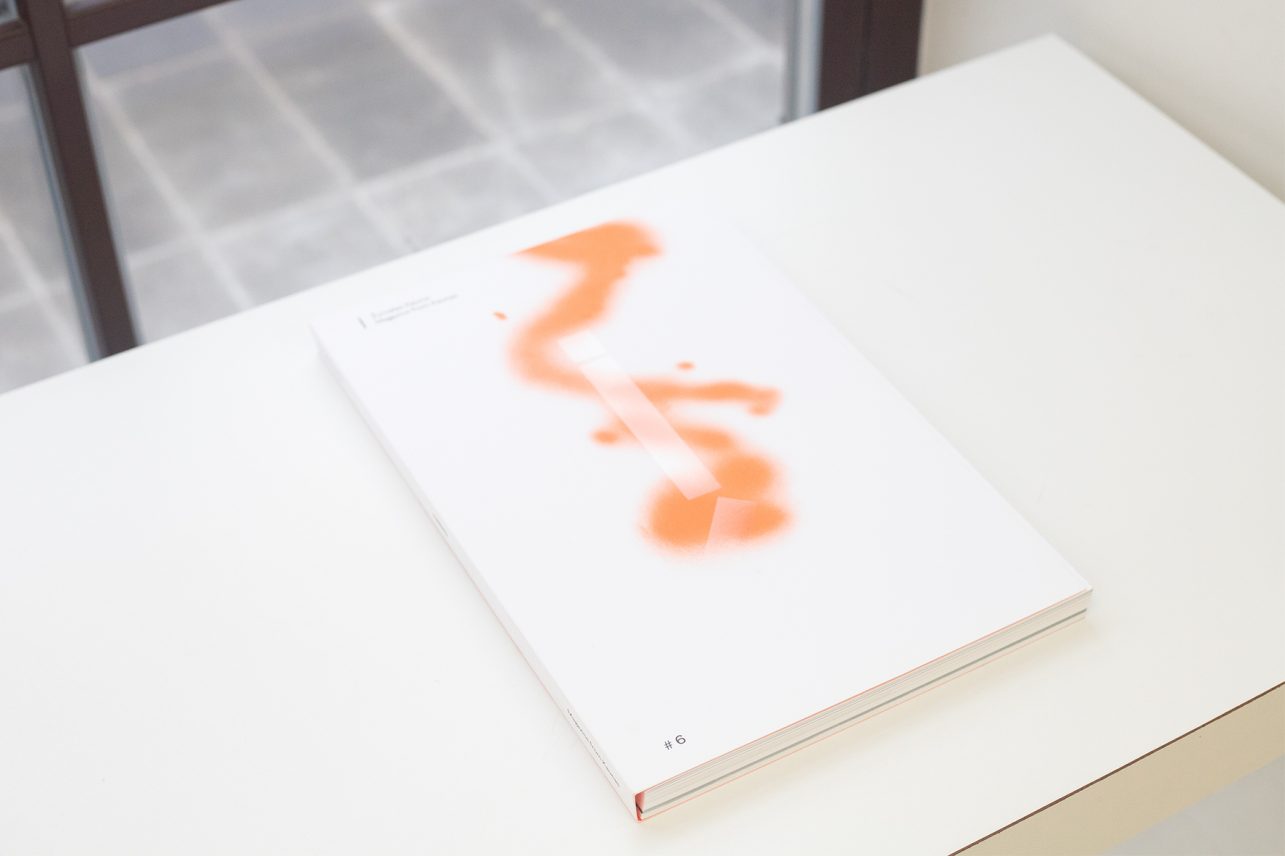
Aistis, tell us which stories in this issue stuck with you or surprised you. Are there any scenarios for the future of Kaunas that seem quite utopian at the moment?
I could not single out the most memorable themes or texts of the issue, because each author presented original and unconventional ideas or visual solutions, without which we would have less options for the imaginary collective leap into the future. While preparing the magazine, I was mostly struck by realization that today, in our present, it is becoming difficult to boldly think about a radically different future and to imagine it. What are the reasons for this awkward situation is anyone’s guess. Perhaps this is determined by the excess of information that we deal with every day, perhaps by certain trends in the information field, due to which we feed our imagination with the food that is not necessarily the best for us. So, the very thinking of the future seems utopian today. However, this does not mean that it is not worth doing. Perhaps the latest issue of Į magazine will encourage the reader to ask themselves what futures of the city seem most desirable today, and to question the utopian nature of thinking about the future.


